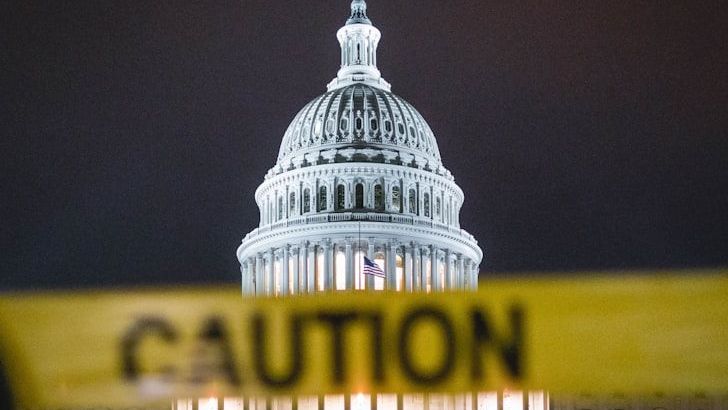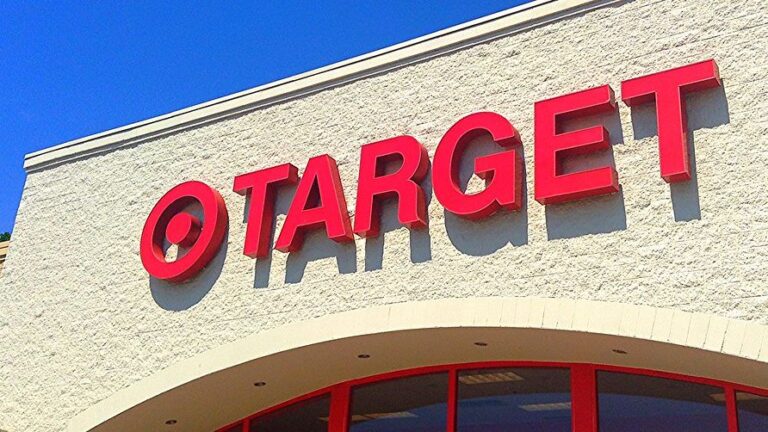Evacuate Tehran?: Iran Faces Its Worst Water Crisis in Modern History, BBC Says
Iran’s capital finds itself at the center of an unprecedented water emergency that has government officials considering scenarios once thought unthinkable. The country faces what experts are calling its worst drought in modern history, with conditions so severe that evacuation plans have entered official discussions. This crisis threatens to reshape life for millions across Iran’s most populated regions.
Tehran Confronts an Intensifying Water Emergency
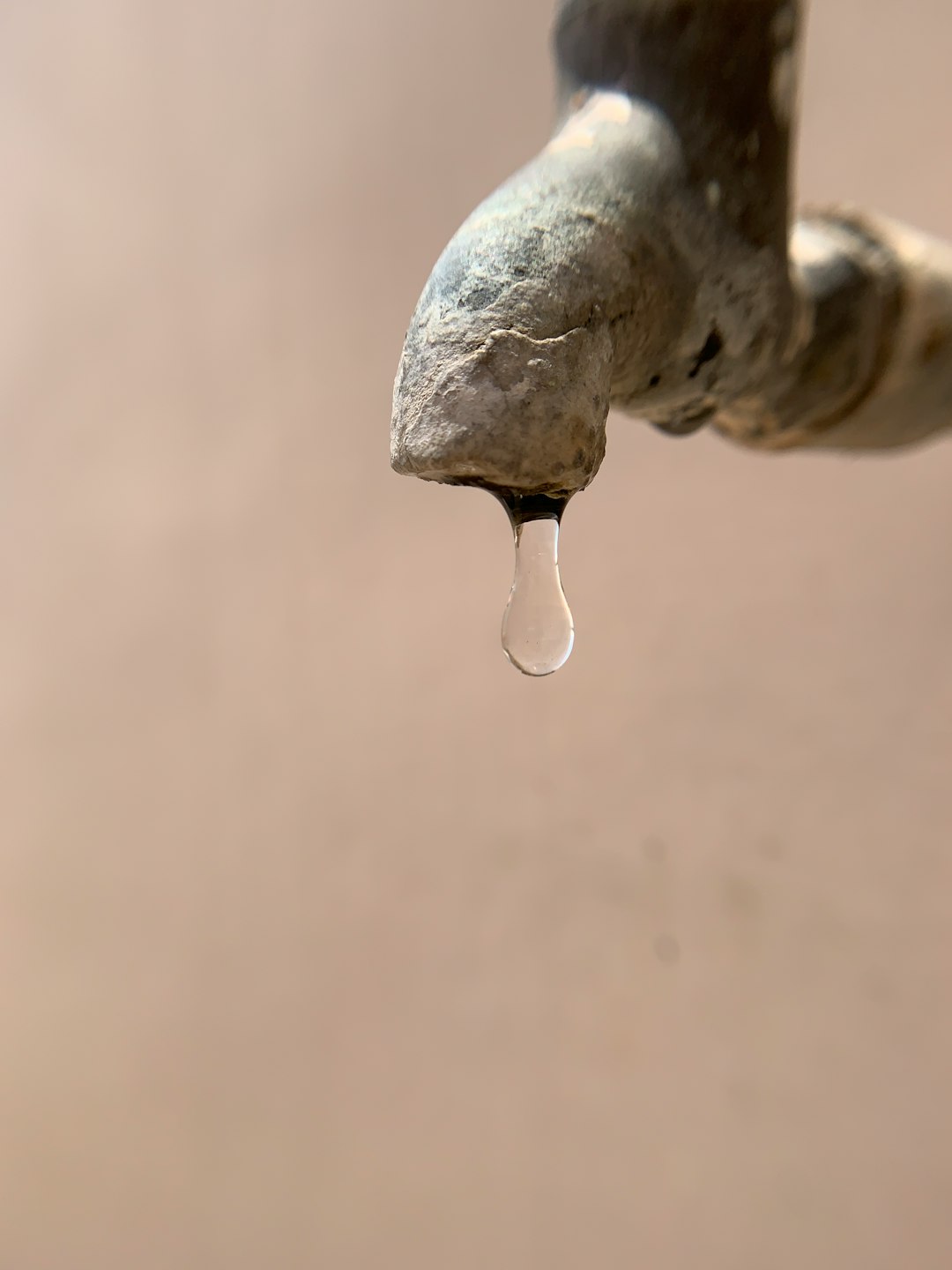
Iran – and its capital, Tehran in particular – is in the grip of an exceptional autumn drought. Rainfall has plunged to record lows, reservoirs are rapidly depleting, and authorities are urging residents to cut their water use. President Masoud Pezeshkian has cautioned that, if conditions do not improve soon, the government may have no choice but to impose strict water rationing in Tehran – and, in the most extreme scenario, even consider relocating parts of the population.
Talk of Evacuation Triggers Public Outcry
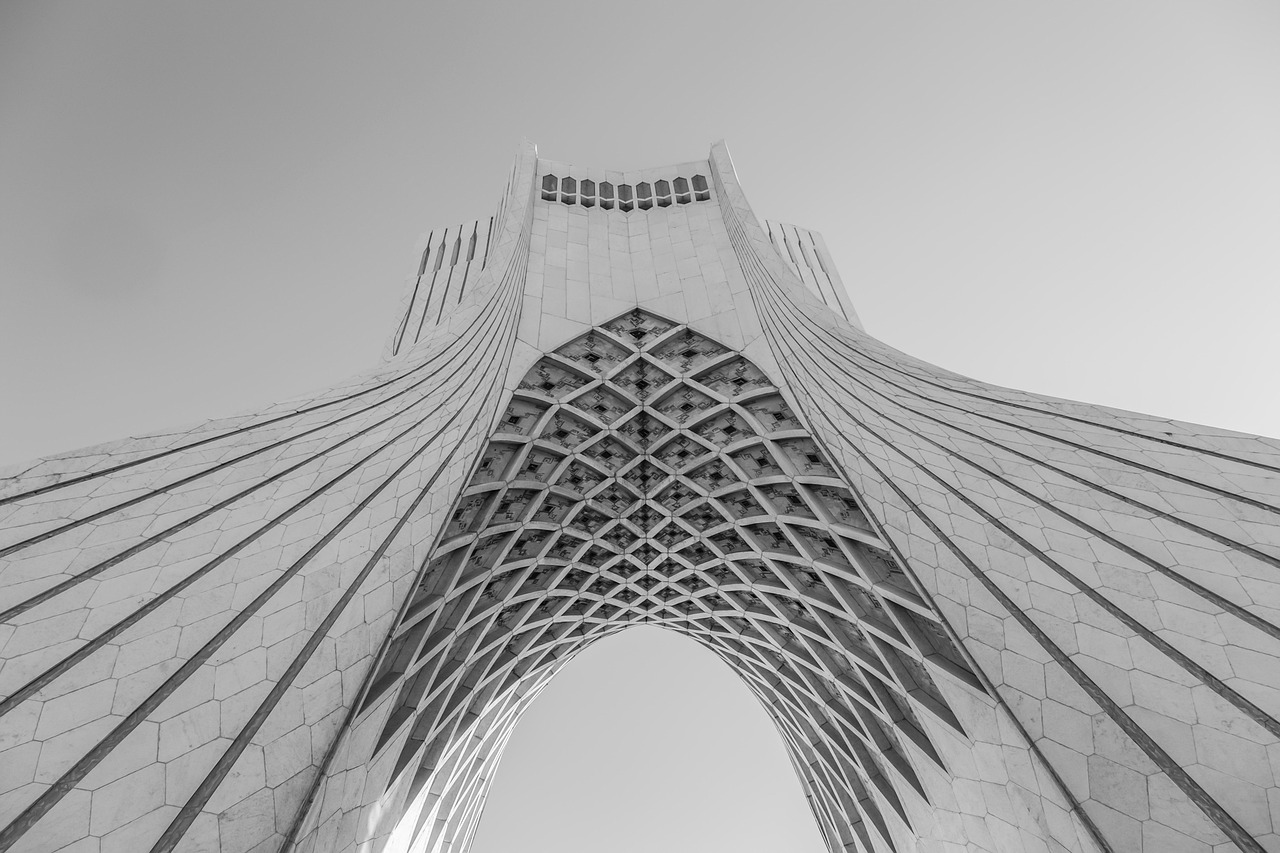
The president’s suggestion that evacuation could be on the table has stirred strong reactions nationwide. Former Tehran mayor Gholamhossein Karbaschi ridiculed the idea as “a joke,” arguing that “evacuating Tehran makes no sense whatsoever.” Nonetheless, meteorologists warn that no meaningful rainfall is expected over the next 10 days, heightening anxiety about the capital’s already fragile water supply.
Daily Life Disrupted as Reservoirs Shrink
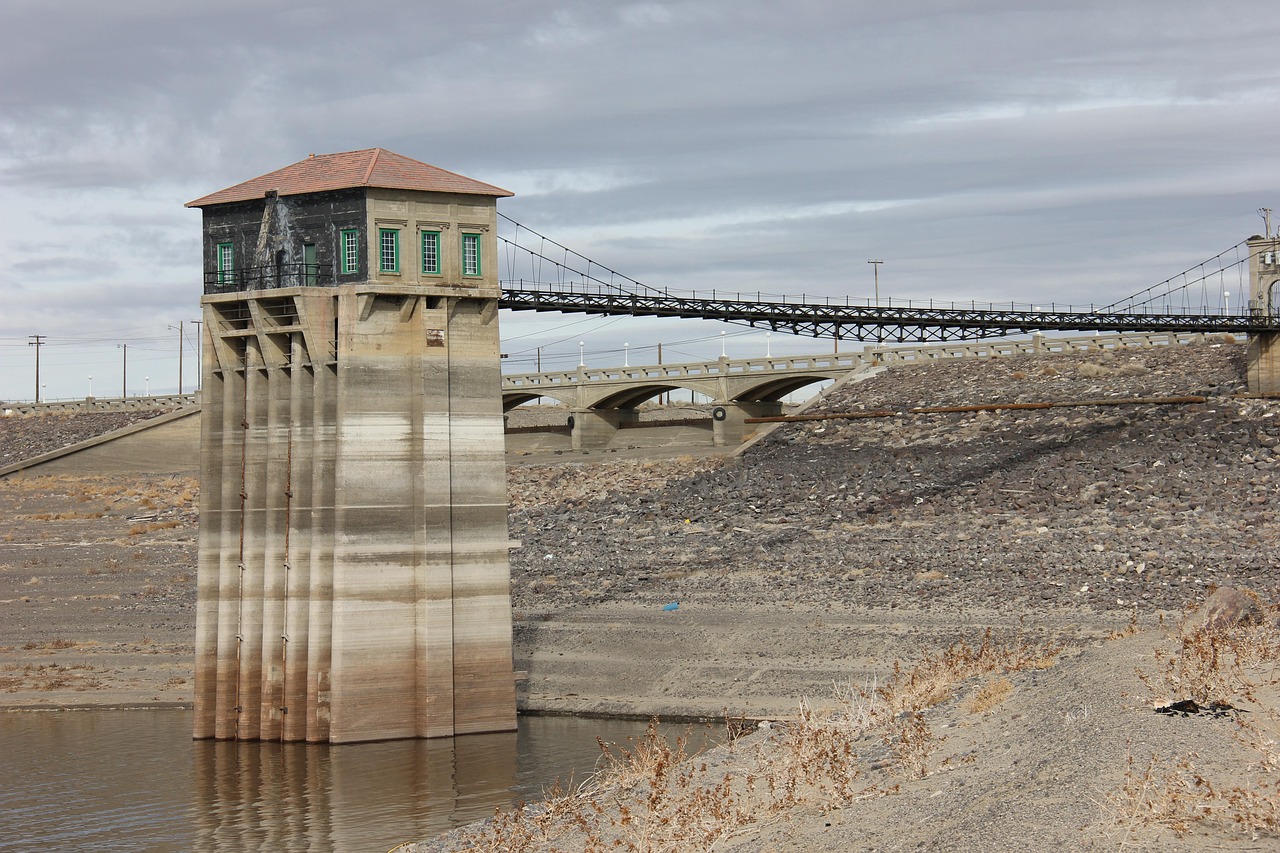
For millions of people in Tehran, the crisis is no longer theoretical – it is reshaping daily routines. Residents report prolonged water outages, and some households have resorted to hiring water tankers just to manage essential needs. The Latian Dam, one of the city’s primary water sources, is now below 10% of capacity, while the nearby Karaj Dam is in similarly critical condition.
Officials say rainfall has dropped by more than 90% compared with last year, leaving much of the remaining water stagnant and classified as “dead water.”
Government Signals Tough Measures Ahead
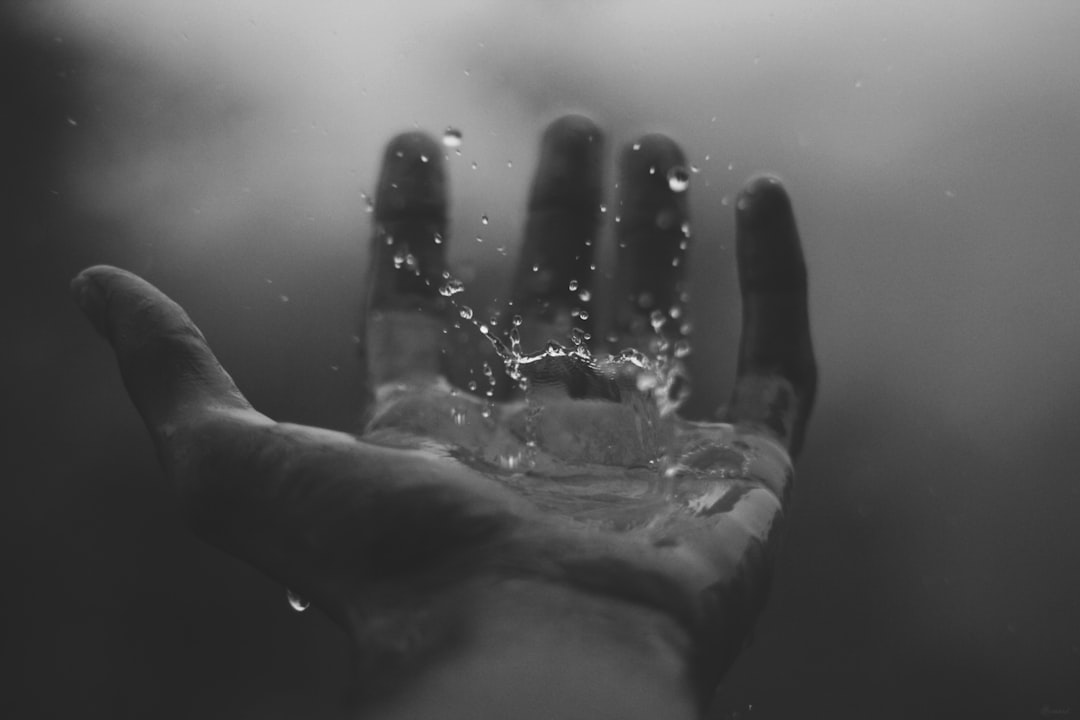
Energy Minister Abbas Ali Abadi has warned that, to conserve dwindling resources, authorities may cut water flow entirely during some nighttime hours. Plans are also in place to fine homes and businesses that exceed set consumption limits. For now, the government is counting on late autumn rains to ease the strain, but current forecasts suggest only limited chances of relief.
Aging Infrastructure and Conflict Worsen the Strain
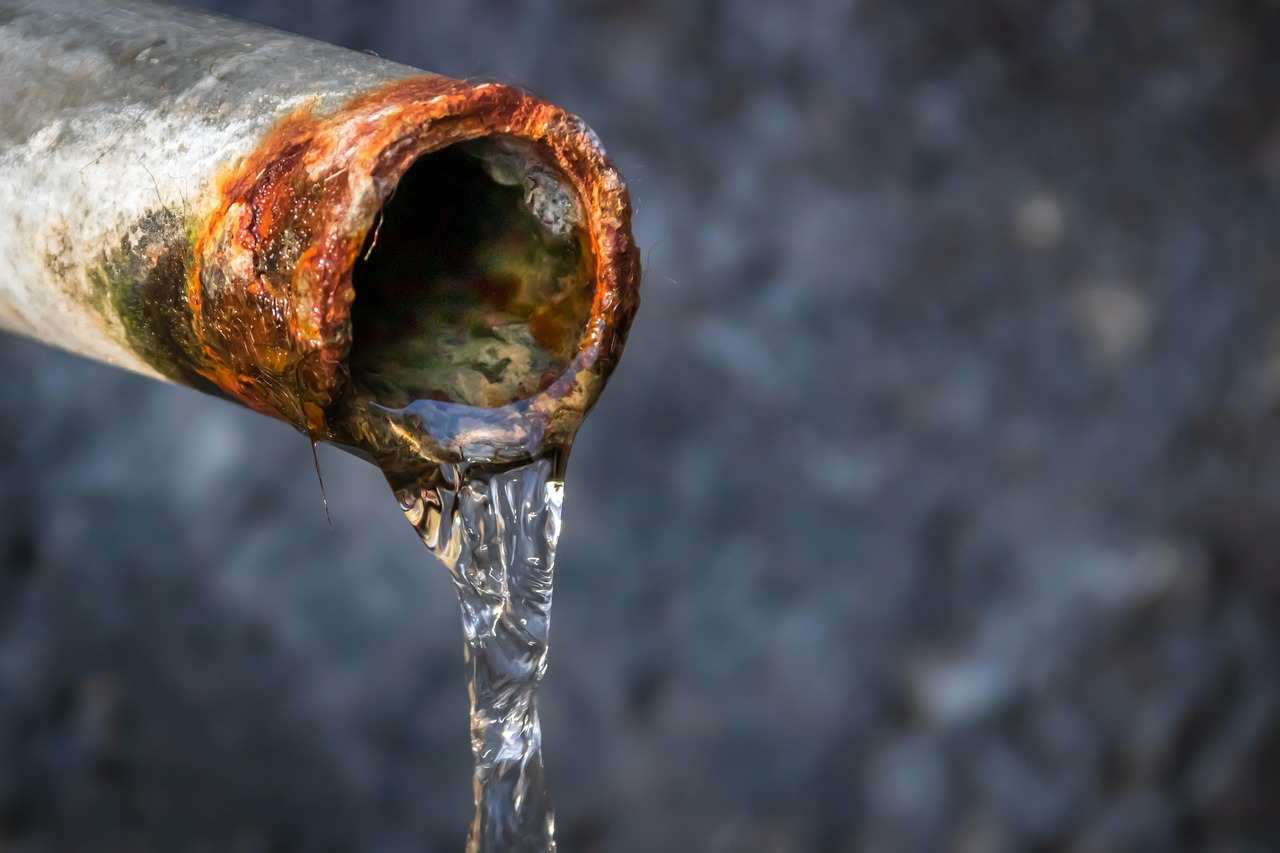
Officials emphasize that the crisis stems not only from lack of rain but also from structural weaknesses. Tehran’s water network is old, leaky, and in many places more than a hundred years old, allowing significant volumes of treated water to escape before reaching taps. The recent 12-day conflict with Israel compounded the problem, as airstrikes in June hit parts of northern Tehran and reportedly damaged water infrastructure there.
According to Abadi, the system was already fragile before the attacks, and the damage has further undermined its resilience.
Water Shortages Spread Across the Country

The severity of the problem extends well beyond Tehran. Dams in West Azerbaijan, East Azerbaijan, Markazi and other provinces are also reported to be at dangerously low levels. In Mashhad, Iran’s second-largest city, officials say water reserves in the main dams have fallen to under 8%, with some nearly empty.
Hossein Esmaeilian, the head of Mashhad’s Water and Wastewater Company, notes that three of the four principal dams supplying the city are essentially out of service.
Decades of Mismanagement Come to a Head
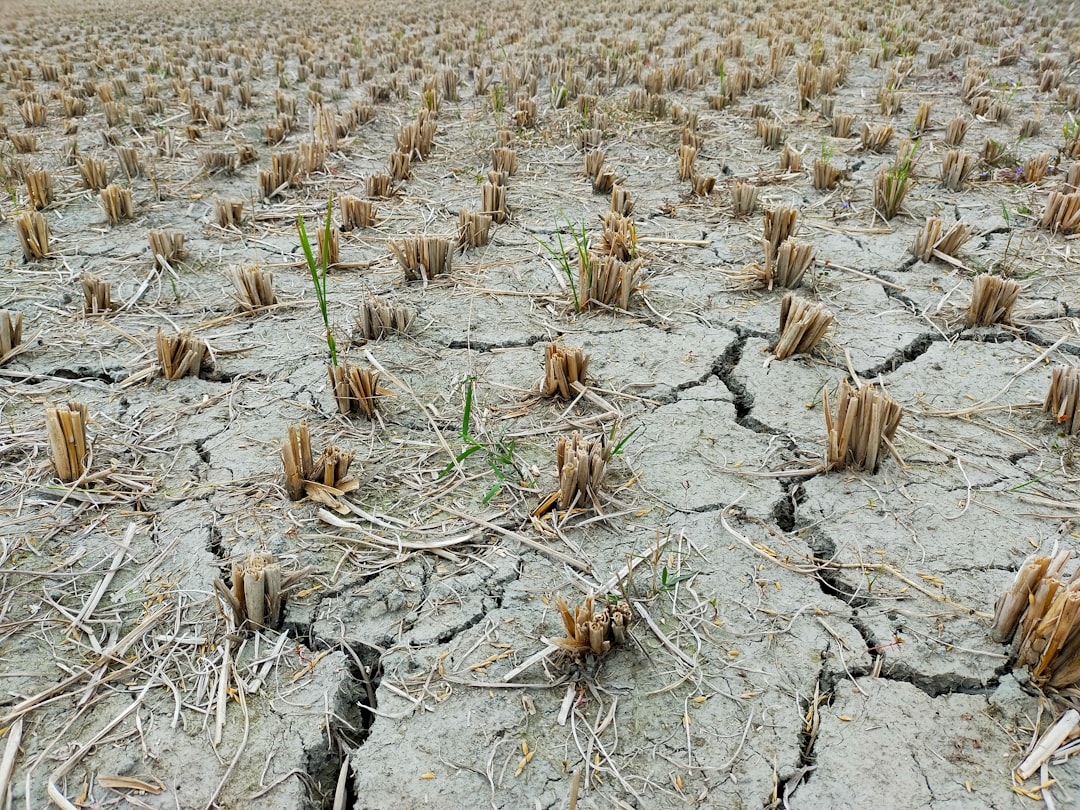
Experts say Iran’s current predicament is the result of many years of poor planning, overuse of scarce water resources and the mounting effects of climate change. Supreme Leader Ayatollah Ali Khamenei has repeatedly referred to the risk of water shortages in past addresses, yet major reforms have been slow to materialise. Today, more than 16 million people in Tehran, Karaj and Mashhad are living with the growing possibility that their taps could eventually run dry – a scenario that could profoundly alter life in some of Iran’s largest urban centres.




